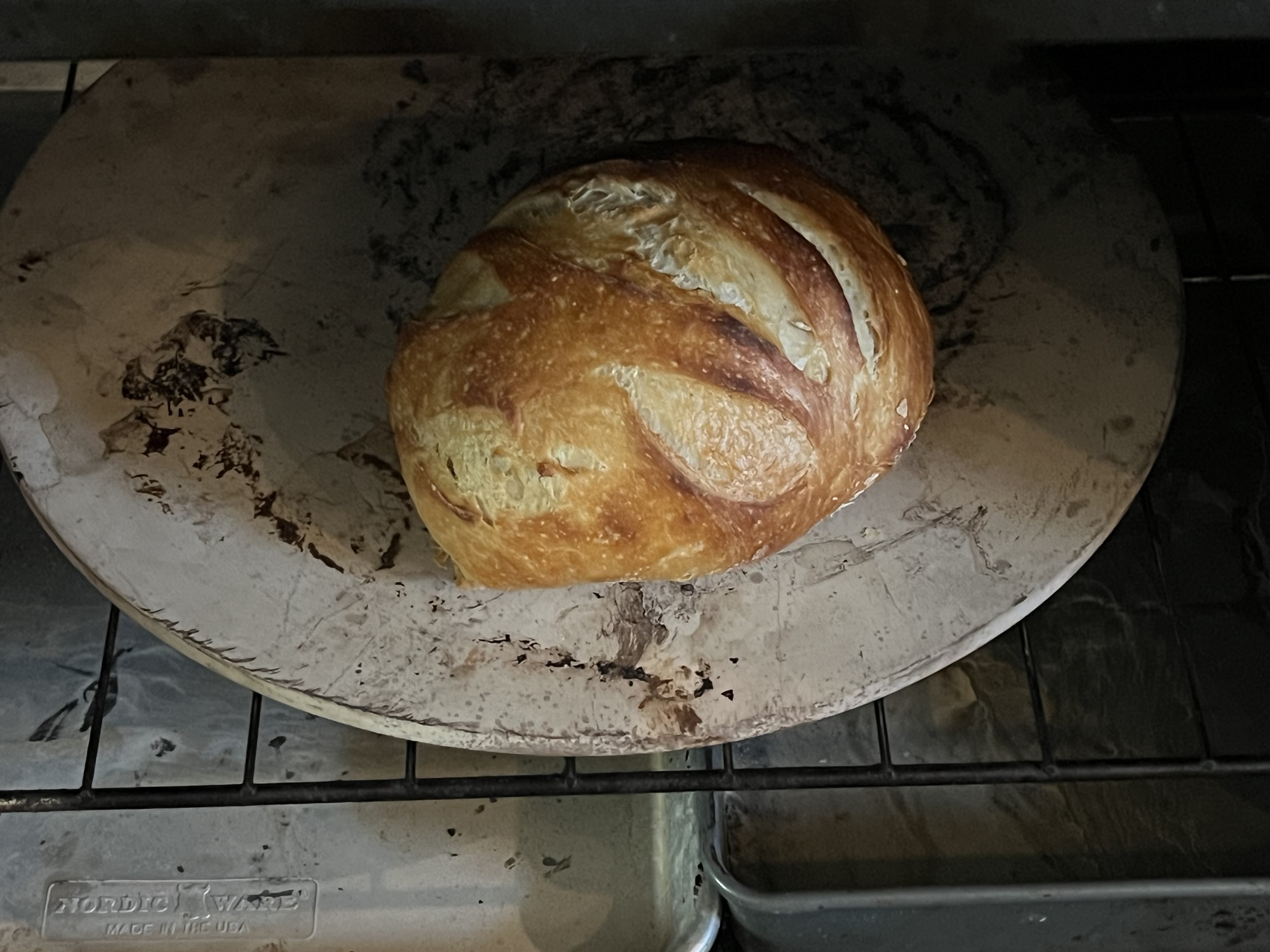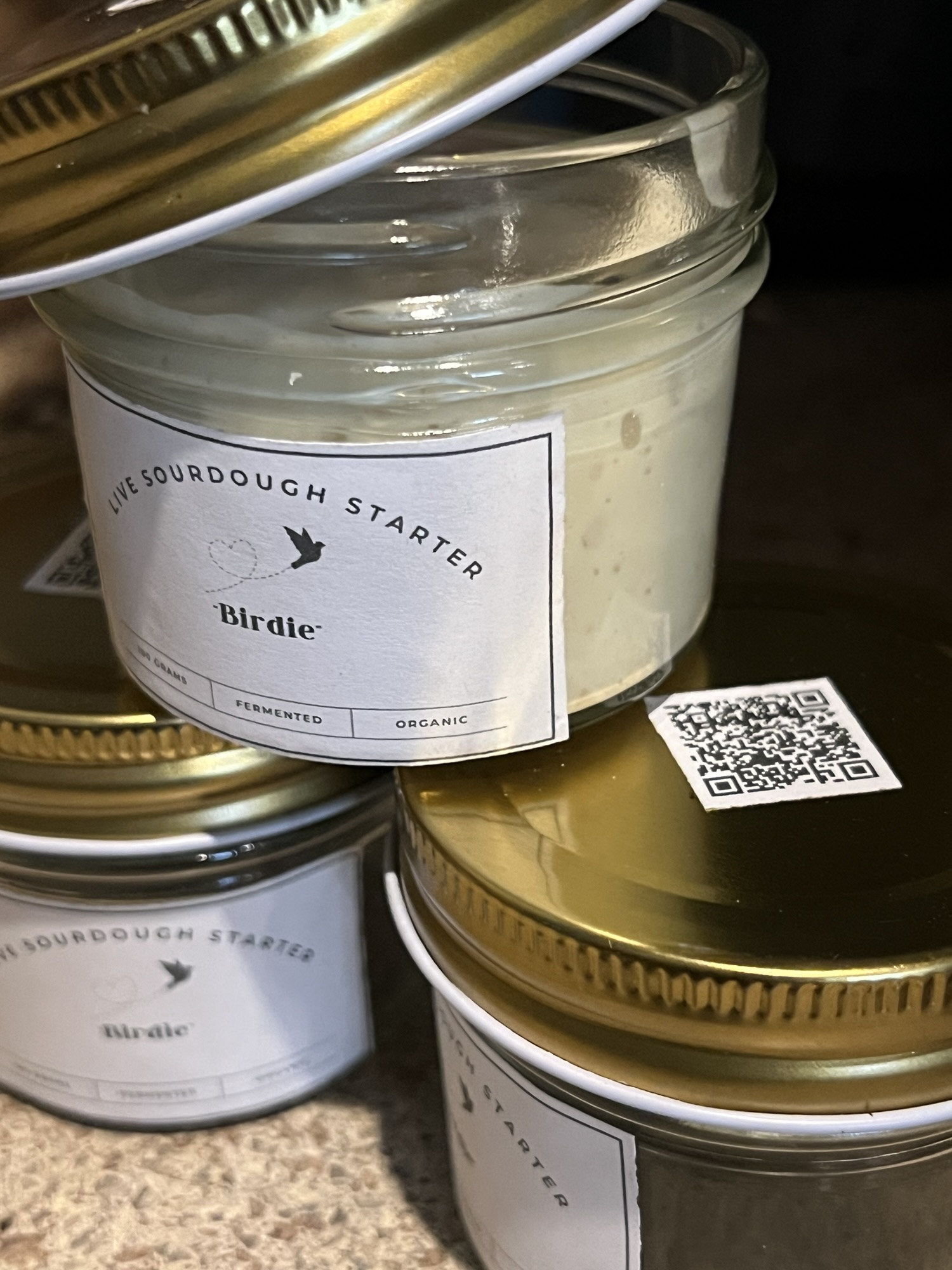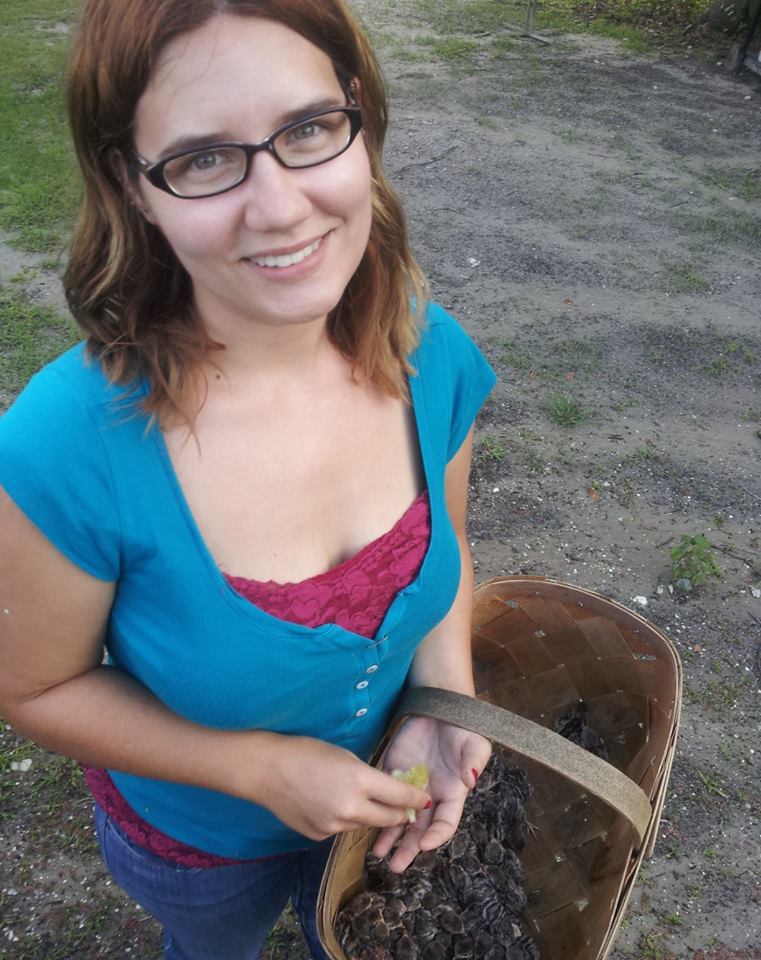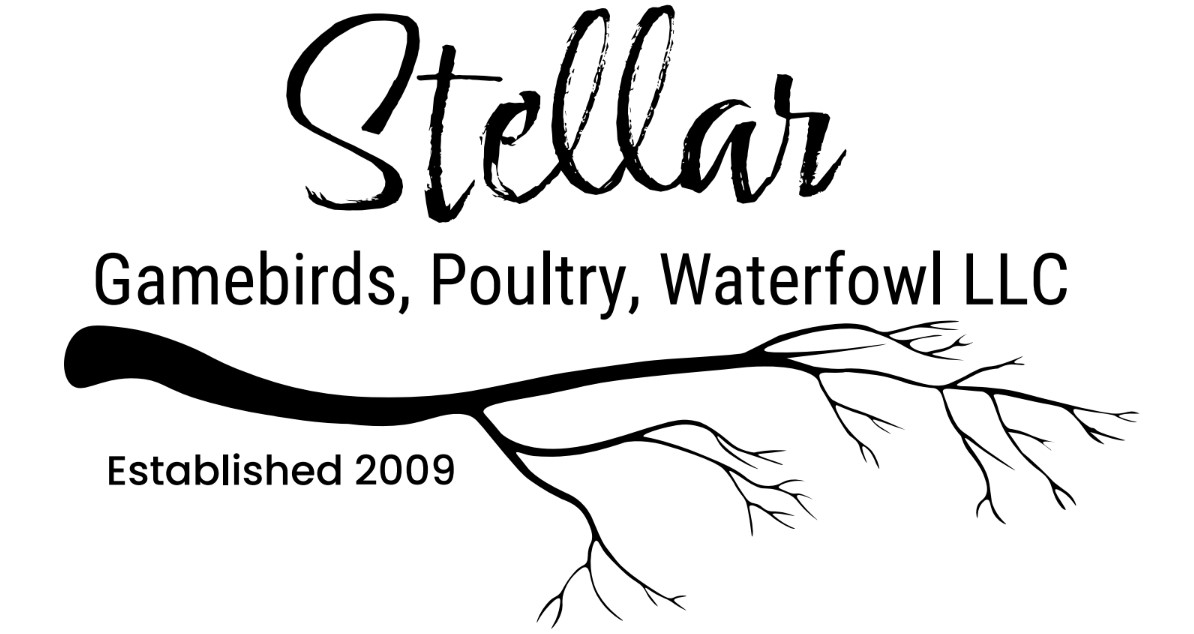Lard. Just the mention of it might conjure up images of old-fashioned kitchens or perhaps your grandmother’s secret pie crust recipe. Yet, for too long, lard has been unfairly cast aside in favor of modern cooking oils. It’s time to set the record straight and rediscover why this traditional fat deserves a prominent place in your kitchen. Here are ten compelling reasons why you should be cooking with lard.
1. Flavor Like No Other
Lard has a way of infusing food with a depth of flavor that’s simply unmatched. Whether you’re frying, roasting, or baking, lard adds a subtle richness that elevates your dishes from ordinary to extraordinary. Imagine perfectly crisp potatoes, golden-brown fried chicken, or a pie crust so flaky it practically melts in your mouth. That’s the magic of lard.
2. The High Smoke Point Advantage
When it comes to high-heat cooking, lard is your best friend. With a smoke point higher than butter and many other oils, lard allows you to fry, sear, and sauté without worrying about your fat breaking down and releasing harmful compounds. This makes it ideal for achieving that perfect crispy texture without compromising your health.
3. A Natural Choice
In a world of heavily processed foods, lard stands out as a natural and unprocessed option. When sourced from pasture-raised pigs, lard is free from additives, preservatives, and hydrogenation. It’s just pure, wholesome fat, as nature intended.
4. Packed with Nutrients
You might be surprised to learn that lard is a nutritional powerhouse. It’s an excellent source of vitamin D, especially when it comes from pigs raised outdoors. Lard also contains monounsaturated fats, the same heart-healthy fats found in olive oil, which are known to support brain function and cardiovascular health.
5. Health Benefits That Might Surprise You
Lard’s bad reputation is a relic of outdated science. Modern research shows that lard is rich in monounsaturated fats, which can help lower bad cholesterol and reduce the risk of heart disease. It’s time to put aside the myths and embrace lard as a heart-healthy cooking fat.
6. Budget-Friendly and Efficient
In today’s economy, getting the most out of your groceries is essential. Lard is an economical choice, often costing less than premium cooking oils. A little bit of lard goes a long way, making it a cost-effective option for home cooks who want to add flavor and nutrition without breaking the bank.
7. Culinary Versatility
One of lard’s greatest strengths is its versatility. It’s perfect for frying and roasting, but it also shines in baking. Need a pie crust that’s unbelievably flaky? Lard’s got you covered. Making biscuits that are light and tender? Lard is the secret ingredient. You can even spread it on toast for a rich, buttery flavor.
8. A Sustainable Option
Cooking with lard supports the principles of sustainability and nose-to-tail eating. By using every part of the animal, including the fat, we reduce waste and honor the life of the animal. Choosing lard means embracing a more sustainable and respectful way of cooking.
9. A Long Shelf Life
Unlike many oils that go rancid quickly, lard has an impressive shelf life. Properly rendered and stored, lard can last for months at room temperature or even longer in the fridge. This makes it a convenient staple to have on hand for all your cooking needs.
10. A Connection to Culinary Tradition
Cooking with lard is about more than just flavor and nutrition—it’s about reconnecting with a time-honored culinary tradition. Our ancestors recognized the value of lard, using it to create some of the most beloved dishes in culinary history. By bringing lard back into your kitchen, you’re preserving a rich culinary heritage and creating meals with soul.
Final Thoughts
Lard is much more than a cooking fat; it’s a flavorful, nutritious, and sustainable ingredient that deserves a place in your kitchen. So, next time you’re looking for a cooking fat that delivers on taste, health benefits, and versatility, reach for lard. Your taste buds—and your ancestors—will thank you.









